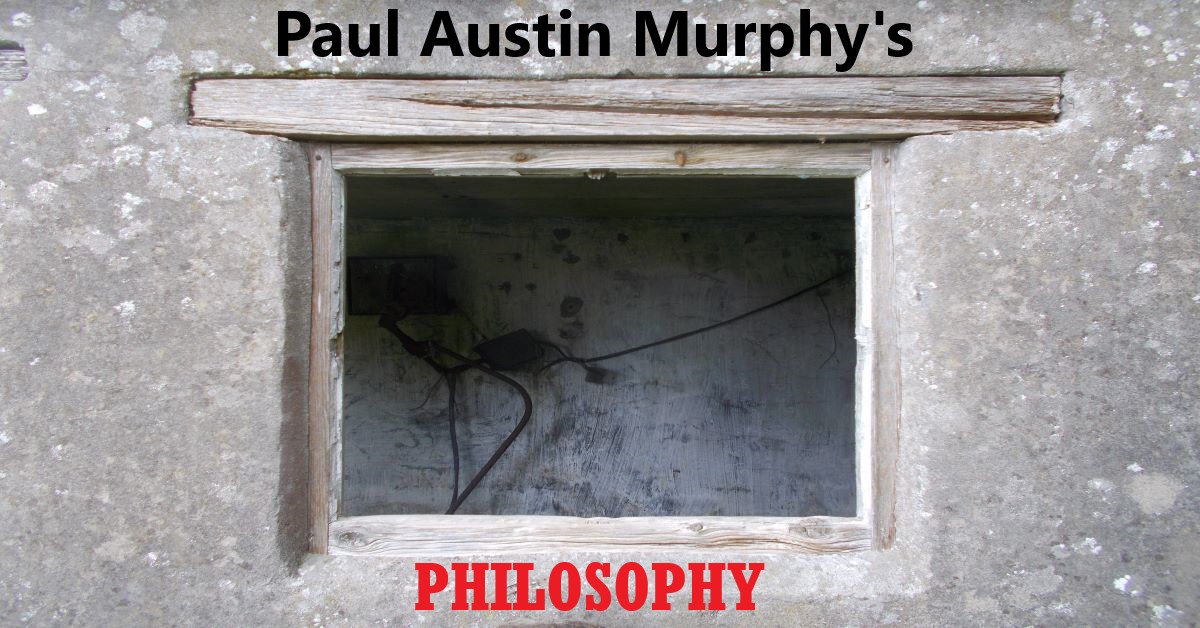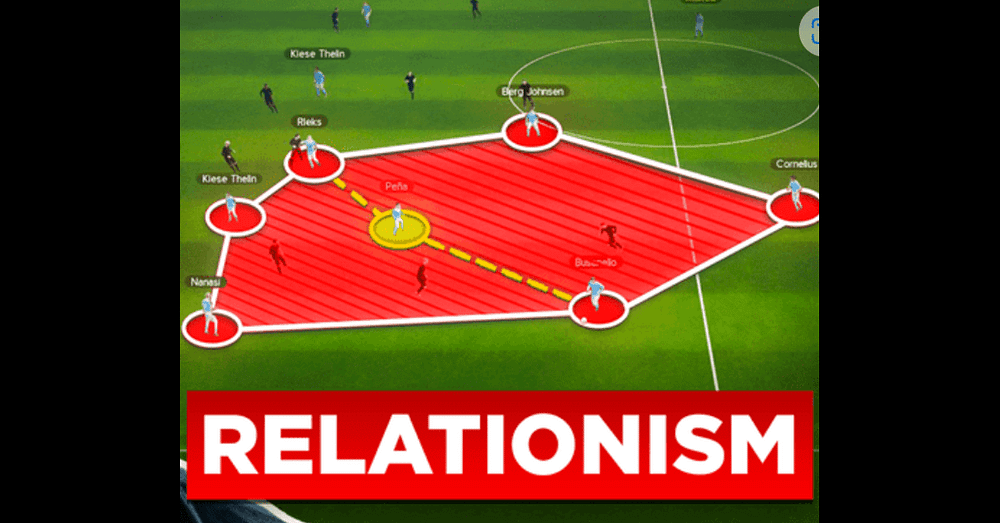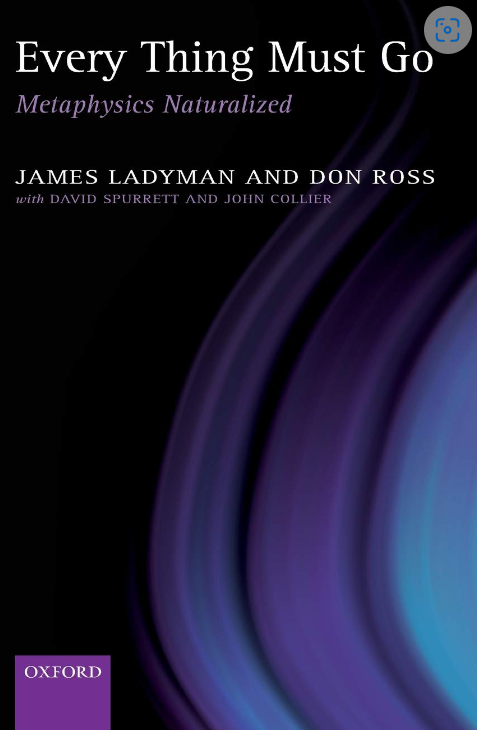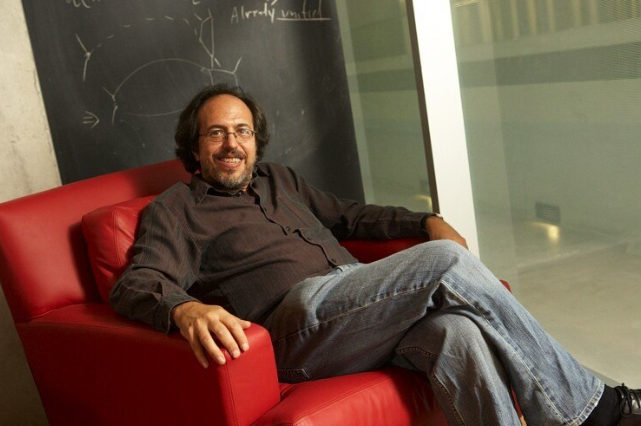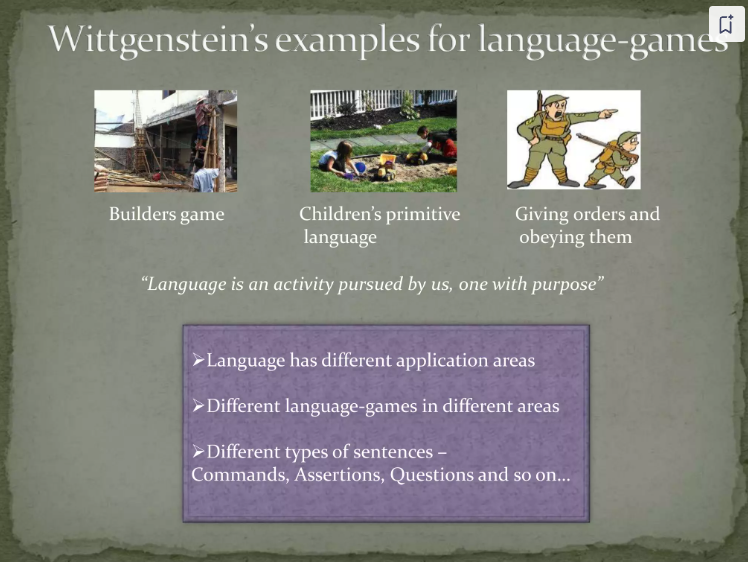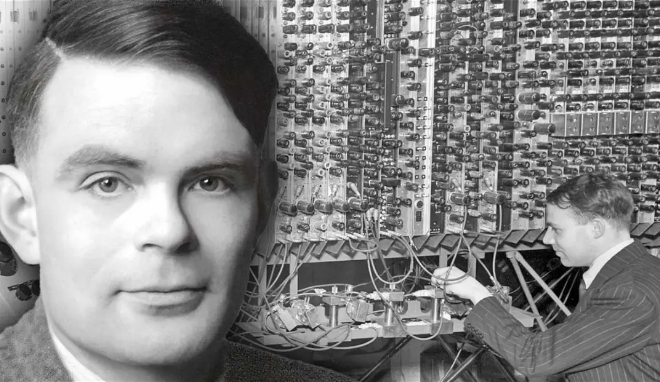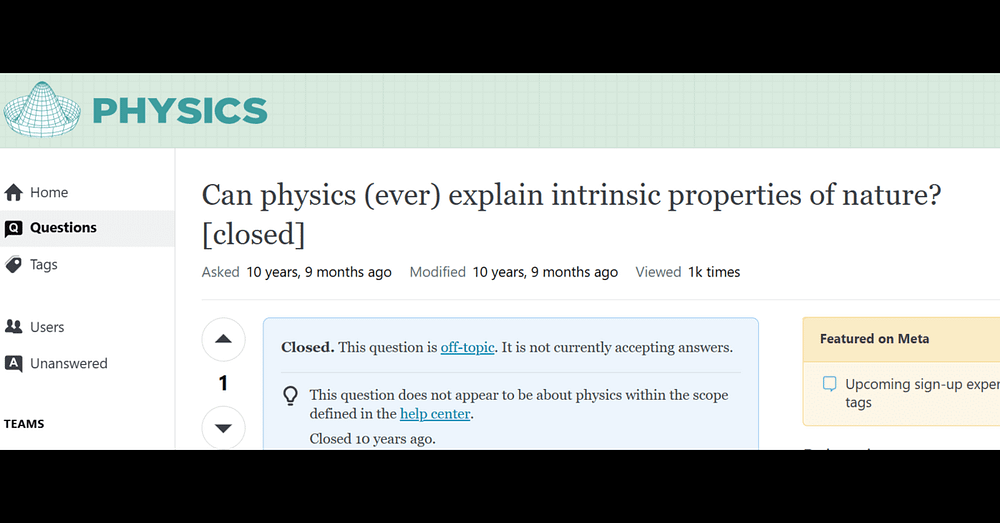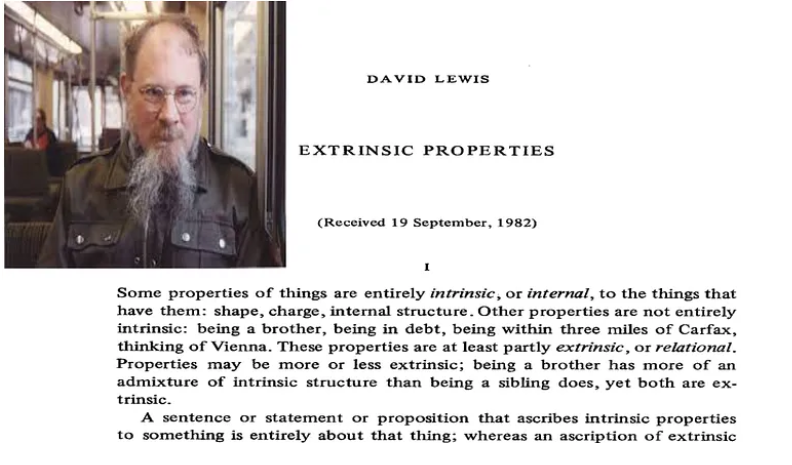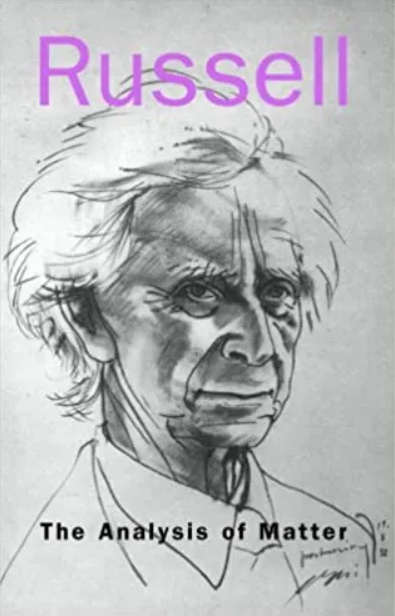
“Events at higher levels — levels where emergent properties become evident — can in turn feed back and affect events at lower levels. For example, chronic stress, a mental event, can cause parts of the brain to become smaller. Similarly, an economic depression or the results of an election affect the lives of the individuals who live in that society.”
— Stephen M. Kosslyn [Source here.]
It must be stated right from the start that the passage above simply assumes that there are emergent properties. Thus, only then does Stephen Kosslyn tackle what he calls “downward causality”. So readers will need to know if Kosslyn’s examples are ones of strong emergence or weak emergence.
There may be a problem here.

Kosslyn says that “chronic stress” (which he classes as a “mental event”) can “cause parts of the brain to become smaller”.
Here, Kosslyn is assuming that mental events aren’t at all physical. In simplistic terms, then, this could be read as a form of dualism.
So it’s important to stress that a mental event (such as chronic stress) may also be physically embodied in (parts of) the brain — and also in the body as a whole.
To repeat. Chronic stress must be physically embodied (or instantiated) in the brain and the body — even if it’s still deemed to be a mental event.
This may — or does — mean that (to use Kosslyn’s words) “parts of the brain” are affecting other parts of the brain — as well as parts of the body.
We can tackle this from a different angle.
Kosslyn’s words may — or do — mean that some given x can fall under two different modes of presentation. However, this modes-of-presentation idea isn’t identical to Gottlob Frege’s notions of sense and reference. It refers, instead, to a mode of presentation from the the “first-person perspective”, and a mode of presentation from the “third-person perspective”. In both cases, then, the same x is being presented in two different ways.
More broadly, Kosslyn’s “events at higher levels” are as physical as anything else. However, it’s just the case that such events aren’t identical to any single “element” which gives rise to them. Added to that, such events at higher levels are phenomena experienced from the first-person perspective.
So all this may be a case of the physical affecting the physical, rather than the non-physical affecting the physical. And, if that’s the case, then this may not be a case of downward causation at all!… Or, at the very least, the words “downward causation” need qualifying.
Kosslyn also mention an “economic depression” and the “result of an election”.
An economic depression and the result of an election are both abstractions. In other words, all the precise, many, varied, and individual physical details which make up an economic depression or an election result are factored out. That is done in order to abstract up to to something more basic and simple — i.e., an abstraction. That abstracting process, then, is essentially linguistic and due to the (human and cognitive) requirement for conceptual simplicity. However, reifying an abstract entity (such as an economic depression of the result of an election) may well make it seem to have a nature which encourages us to think in terms of it bringing about some kind of downward causation.
Yet an abstraction isn’t a physical phenomenon.
More mundanely and linguistically, the words “economic depression” make up an abstract noun (or, at the least, an abstract noun prefixed with an adjective), and the same is true of the words “election result”. But this is just a factor of language and the cognitive utility of such abstract terms. It certainly doesn’t tell is that something non-physical (or emergent) is affecting something physical.
Consequently, thinking in terms of abstract entities (i.e., at the same time as not fully realising that) makes it seem that a non-physical phenomenon is taking part in a process of downward causation. Yet this is to believe that these abstract terms (i.e., in a language) are actually non-abstract things: things are deemed to be non-physical in some way, and also responsible for cases of downward causation.
The American philosopher Mark A Bedau is also suspicious of such strong emergence. He writes:
“Although strong emergence is logically possible, it is uncomfortably like magic. How does an irreducible but supervenient downward causal power arise, since by definition it cannot be due to the aggregation of the micro-level potentialities? Such causal powers would be quite unlike anything within our scientific ken. This not only indicates how they will discomfort reasonable forms of materialism. Their mysteriousness will only heighten the traditional worry that emergence entails illegitimately getting something from nothing.”
The point here is that the “higher-level” entity or process (in Kosslyn's examples, chronic stress, economic depression and an election result) is deemed to to be over and above “the aggregation of the micro-level potentialities”…

Well, it is if seen purely as an abstract entity/process or an abstract term. However, abstractions don’t have downward causal powers. Indeed, they don’t have any causal powers at all. (The entities and processes which abstract terms refer to, if indirectly and circuitously, do have causal powers.)
So if we’re talking about abstractions which are (tacitly) taken to be real non-abstract things, then the latter aren’t “something form nothing”. In a loose sense, we can take the abstractions themselves as being something beyond the aggregation of the micro-level potentialities. But, of course, supervenience theorists aren’t talking about abstractions qua abstractions.
Downward causation and strong emergence aren’t one and the same thing. That said, Mark Bedau does connect them together — as does Stephen Kosslyn himself in the opening passage. In other words, that which strongly emerges is also deemed to have “supervenient downward causal power”. Thus, in Kosslyn’s examples, chronic stress, economic depression and an election result are deemed to be (strongly?) emergent phenomena which, nevertheless, have downward causal power. Yet, as hopefully shown, these examples are simply linguistic or conceptual abstractions. And such things can’t have downward (or upward!) causal power. However, whatever collective or individual physical elements these abstract terms indirectly refer to, will indeed have causal power. None of them are individually emergent at all.
So, if anything is emergent (if only in a loose sense), then it’s the linguistic (or conceptual) abstractions we use every day (such as “stress”, “election result”). Yet these terms won’t help much because such abstractions alone can’t have downward causal power.
